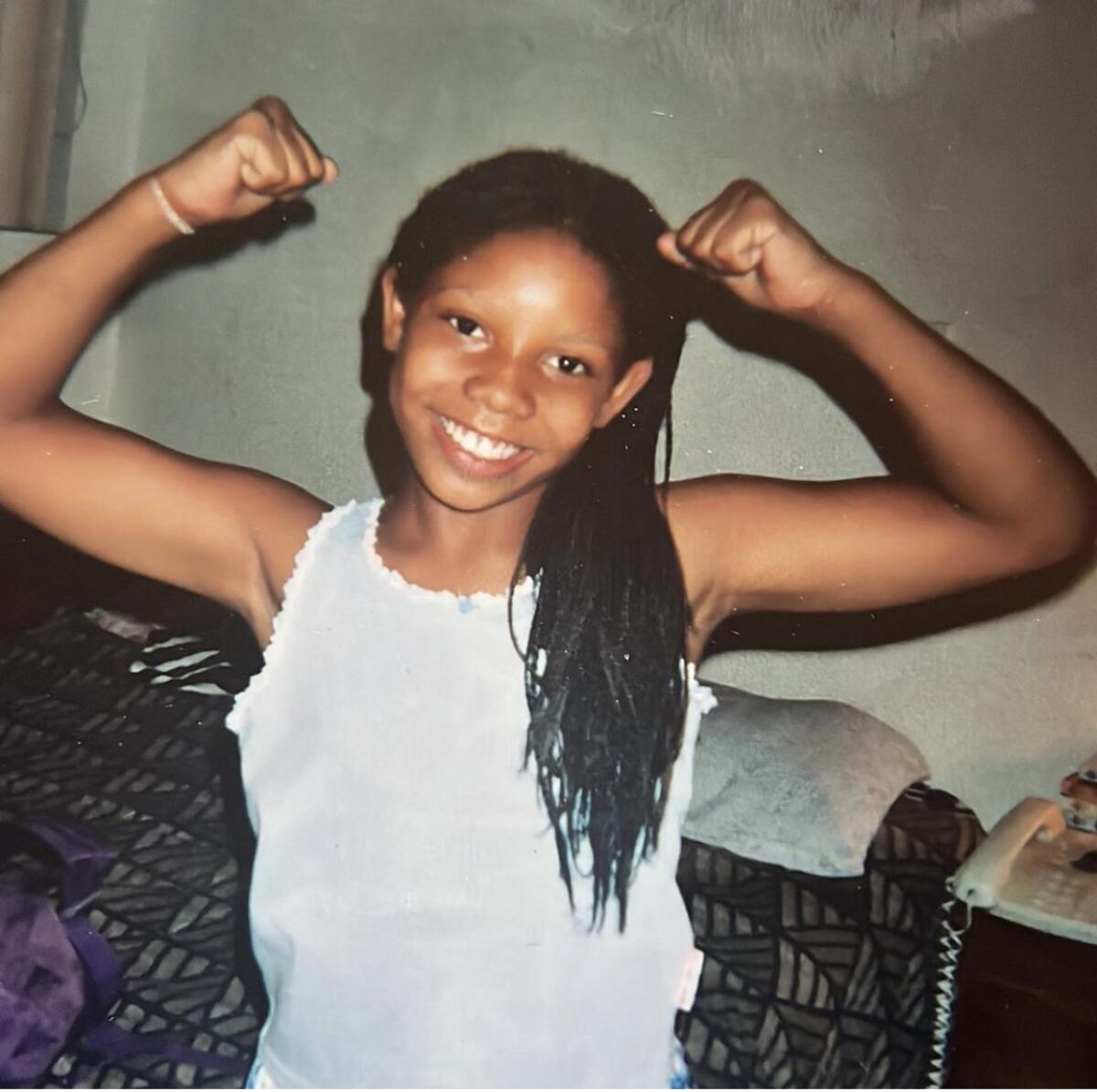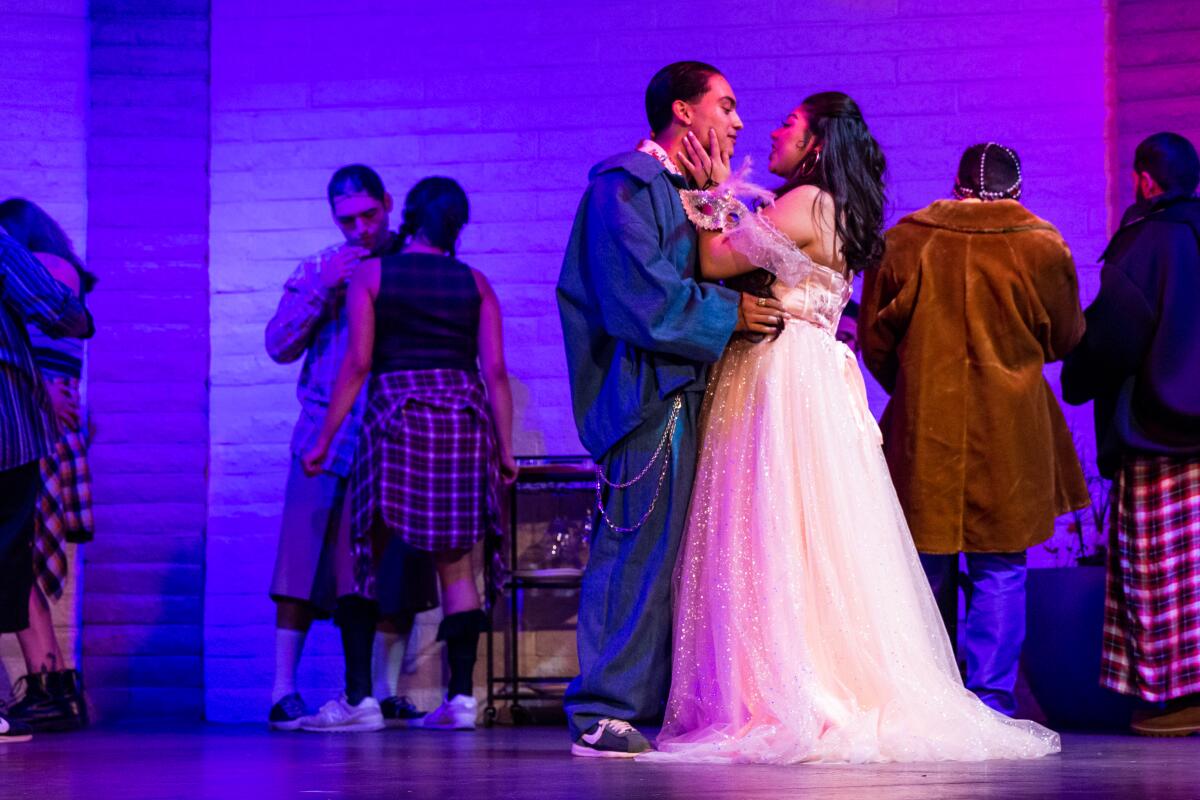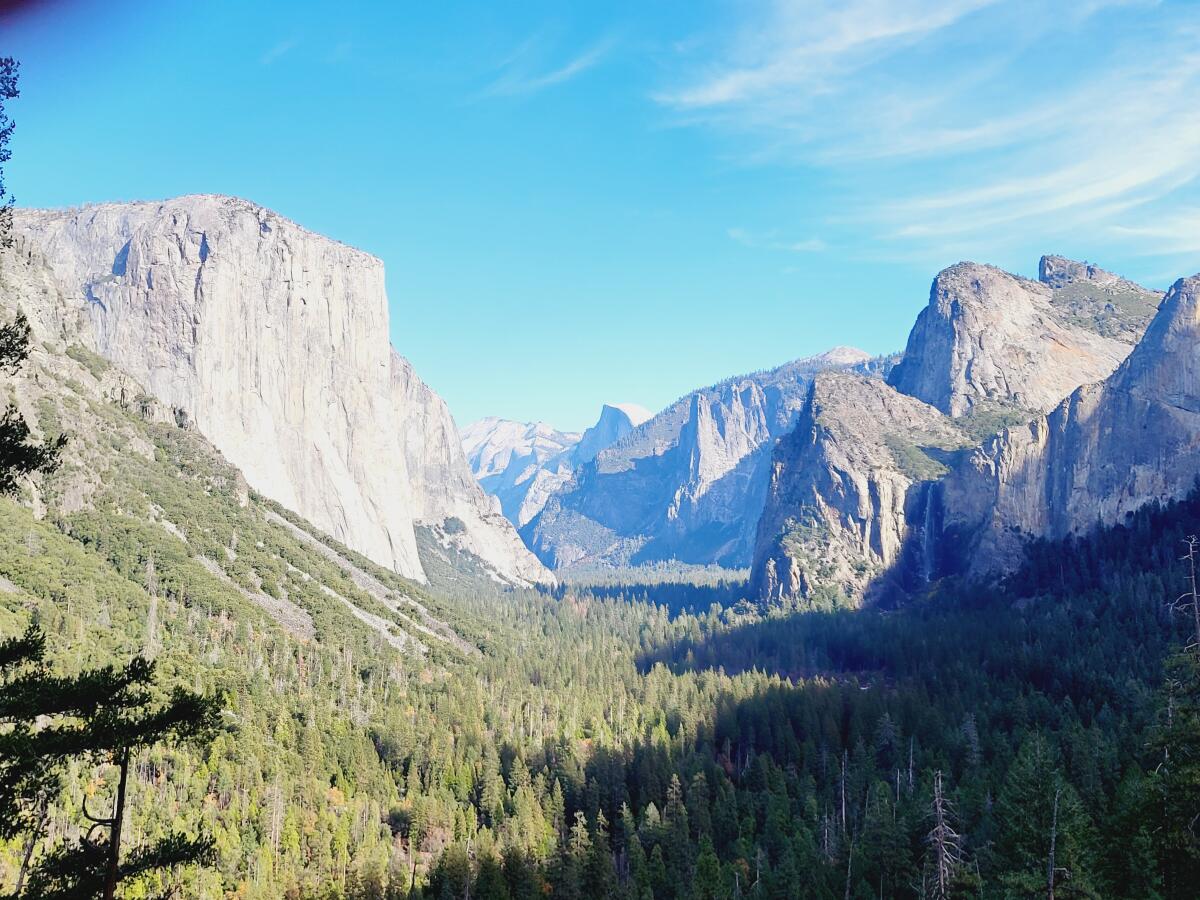Good morning. It’s Wednesday, Dec. 13. I’m George LeVines, deputy director of data and graphics. Here’s what you need to know to start your day.
Exploring the complex relationship between firearm access and crime
For professional communicators, journalists are terrible at telling readers how and why they do what they do. I’ll try anyway.
Last year, Los Angeles Times reporters set out to determine the relationship between gun dealers and gun violence. More dealers, more guns, more violence — right? That’s what they expected to find.
Speedbump.
With few exceptions, data reporter Gabrielle LaMarr LeMee found a small, inconsistent relationship between increased presence of gun dealers and gun violence. The underwhelming national result surprised her and investigative and enterprise reporter Connor Sheets.
It took the reporters months to get to that conclusion and it upended most of their future reporting.
The findings required new questions and a better understanding of how the business and its regulators operate. We started with some version of “how does an increase in gun dealers impact gun violence?” and an assumption that we’d show readers a simple map connecting the most violent areas to the most gun dealers. We ended with more questions that were increasingly difficult to answer:
- Given the limited effect, why is there an ongoing push to restrict dealers in California?
- How do guns travel from manufacturers to crime scenes?
- Where are regulations failing?
- Can we prove any of this with data?
Arming America is a project that explores gun access in the United States with a tilt toward California. The answers to our questions were not always straightforward, but reporters brought nuance, thoroughness and accuracy.
LaMarr LeMee and Sheets dug through hundreds of pages of reports, spent hours talking with gun dealers, filed numerous federal, state and local public records requests, and compiled and analyzed the available data. Over and over again, obstacles blocked the path forward. The research was limited by laws that specifically restrict public access to even basic information about gun sales and gun crimes.
In the end, one finding stood out to me in particular: Significantly reducing gun violence by reducing gun dealers would require unprecedented levels of regulatory coordination across city, county and perhaps even state lines — so unprecedented that it is probably not realistic.
In Los Angeles County, for example, it would mean more than 160 cities across the county and four neighboring counties combining efforts to dramatically reduce the number of gun retailers in the region, nearly 35,000 square miles.
The series takes on three aspects of gun access: 1) The efficacy of restricting gun dealers, 2) Illegally trafficked firearms that wind up at local crime scenes, and 3) Parallel challenges to both opening and shuttering a gun store in Southern California.
In the aftermath of the lunar new year shooting in Monterey Park, I wanted the series to challenge common tropes in media coverage and push beyond mass shootings that dominate headlines but make up an overwhelming minority of total gun deaths. We sought to avoid reductionist dialog — “ban all the guns vs. they’re gonna take all the guns.”
I hope this series enlightens your next conversation about an issue that touches more lives every day.
Today’s top stories

Dominique Anderson, shown about age 11, said her probation officer’s boss molested her in a motel room when she was about 13. (Courtesy of Dominique Anderson)
Courts and crime
Housing
Business in Hollywood
Local politics
More big stories
Get unlimited access to the Los Angeles Times. Subscribe here.
Today’s great reads

(Jim Cooke / Los Angeles Times)
They spent big to be B Corps. Now they’re questioning the do-good corporate status symbol. Businesses pay thousands of dollars to be certified as B Corps, signifying to consumers that they are “forces for good.” Now some B Corps are raising questions about the certification process.
Other great reads
How can we make this newsletter more useful? Send comments to essentialcalifornia@latimes.com.
For your downtime

Romeo and Juliet dance for the first time at Lord Capulet’s party on the opening night of “Romeo and Juliet: Rolling through East L.A.” on Dec. 8. (Juli Perez / For De Los)
Going out
Staying in
And finally ... a great photo
Show us your favorite place in California! Send us photos you have taken of spots in California that are special — natural or human-made — and tell us why they’re important to you.

Yosemite National Park. (Jeff Stuckhardt)
Today’s great photo is from Jeff Stuckhardt of Newport Beach: Yosemite National Park. Jeff writes:
“I have traveled to 76 countries in the world and have seen incredible natural beauty, however, Yosemite National Park is the most majestic of all!”
Have a great day, from the Essential California team
George LeVines, Deputy Director of Data and Graphics
Elvia Limón, multiplatform editor
Kevinisha Walker, multiplatform editor
Laura Blasey, assistant editor
Karim Doumar, head of newsletters
No comments:
Post a Comment